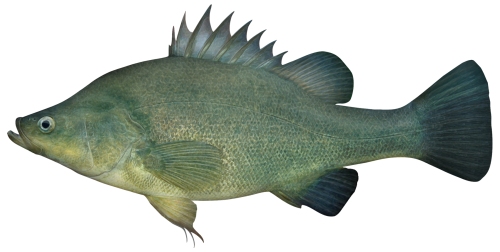
Macquaria ambigua
FAMILY
Percichthyidae
TAXONOMY
Macquaria ambigua Richardson, 1845, Western Australia (probably
an error, although Australia is the correct country).
OTHER COMMON NAMES
English: Yellowbelly, Murray bream; German: Australischer
Goldbarsch.
PHYSICAL CHARACTERISTICS
Standard length 29.5 in (75 cm); weight 53 lb (24 kg); most are
smaller. Base color is olive, bronze, or brownish, with distinct
yellow ventral surface. Body compressed and elongate, but with
concave dorsal profile of the head just above eyes, protruding
lower jaw, and strongly arched nape. Caudal fin is truncate,
pelvic fins have elongate filaments. There are 8–11 spines and
11–13 soft rays in the dorsal fin, 3 spines and 7–10 soft rays in
the anal fin, and 15–18 pectoral fin soft rays.
DISTRIBUTION
Lower reaches of the Murray-Darling River system, Dawson-
Fitzroy River system in southeastern Queensland, and Bulloo
River and Lake Eyre drainages in New South Wales and western
Victoria, Australia (the population from the latter locality
may be a separate subspecies). Stocked extensively elsewhere,
especially in reservoirs.
HABITAT
Turbid, slow-flowing rivers, billabongs, and backwaters, or in
clear, fast-flowing rivers. Also in reservoirs. Favors fallen or
submerged timber, overhanging banks, and rocky ledges.
BEHAVIOR
Solitary; often associated with structure.
FEEDING ECOLOGY AND DIET
Adults and older juveniles favor macrocrustaceans, mollusks,
and smaller fishes; juveniles forage on zooplankton over submerged
floodplains.
REPRODUCTIVE BIOLOGY
Females mature in four or more years, males in two to three
years. Migrates upstream to spawn and will travel over 1,243
mi (2,000 km) to reach its spawning grounds. Courtship and
spawning take place in flooded backwaters. Eggs float after
spawning, hatch within 24–36 hours, and larvae disperse downstream.
Barriers to migration and corresponding habitats destruction
have caused serious declines in recruitment. Cultured
artificially for stocking programs.
CONSERVATION STATUS
Not listed by the IUCN, but threatened by habitats destruction.
SIGNIFICANCE TO HUMANS
Mainly a game fish, but a limited commercial fishery exists in
the Murray-Darling River system.
Other popular Animals
Photo Gallery of - Golden perch

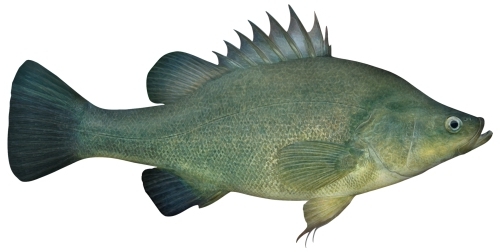
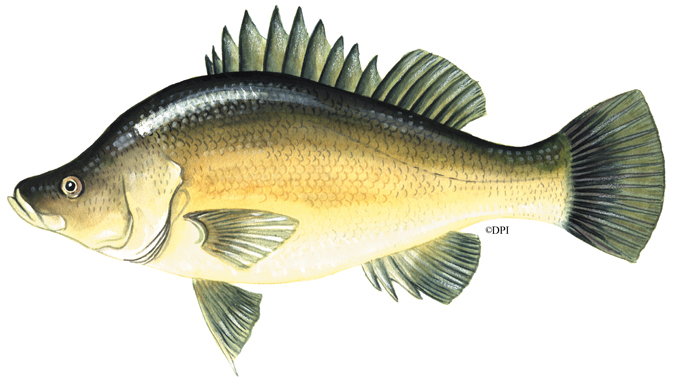
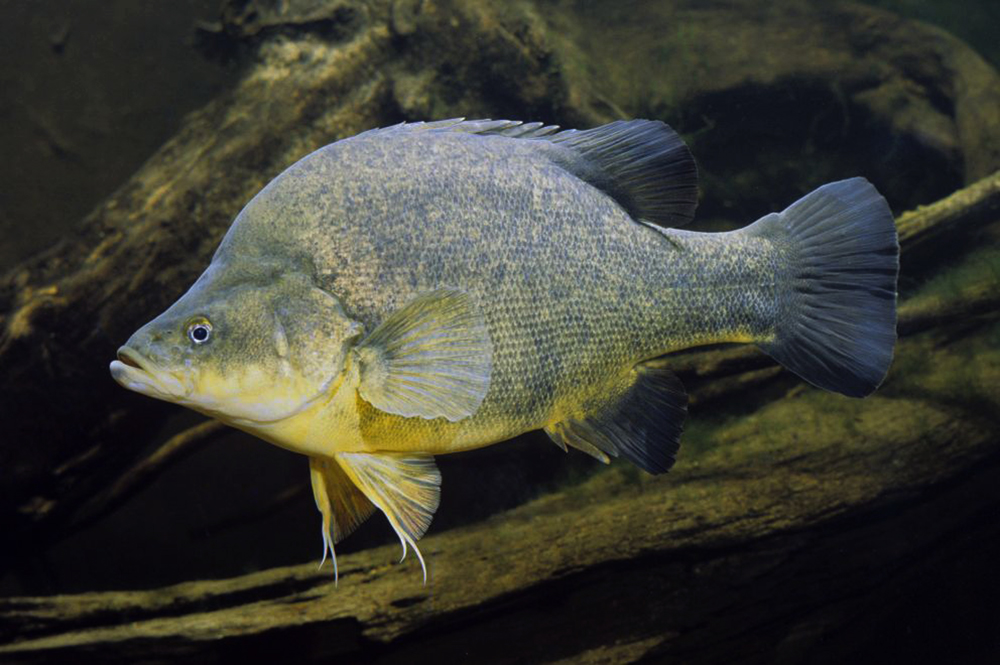
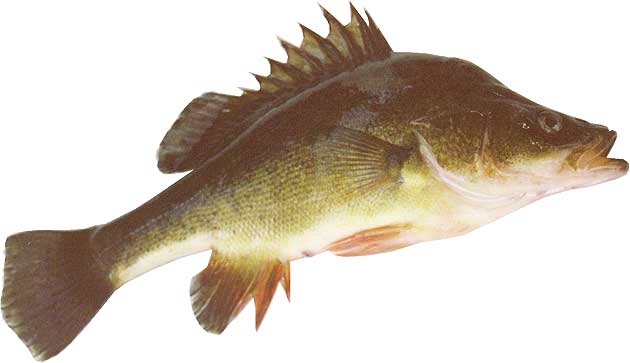
 Animalia Life
Animalia Life